In today’s fast-paced business environment, managing human resources efficiently is more critical than ever. HRM…

Revolutionizing HR Dashboard – The Future of Workforce Analytics
Reading Time: 5 minutes
Human resources HR Dashboard have become an integral data visualization and analytical tool for people managers and HR professionals. As organizations continue to generate more employee data, HR leaders need innovative yet intuitive ways to derive insights to inform strategic workforce planning. This is where revolutionary new HR dashboards enabled by advancements in analytics, AI, and cloud technology show tremendous promise. It can function pretty much similar to a CRM dashboard, but focusing on the HR aspect of your organization.
Legacy dashboards tend to be cluttered with metrics that lack context and strategic focus. They often rely on backward-looking reports instead of predictive analytics to offer proactive and actionable intelligence. However, the next generation of HR dashboards aims to change that status quo.
HRM Dashboard of BsinX Admin
LTR Style – Dashboard – Light
MORE INFO / BUY NOW DEMO
LTR Style – Dashboard – Dark
MORE INFO / BUY NOW DEMO
RTL Style – Horizontal Dashboard – Light
MORE INFO / BUY NOW DEMO
RTL Style – Horizontal Dashboard – Dark
MORE INFO / BUY NOW DEMO
LTR Style – Mini Sidebar Dashboard – Light
MORE INFO / BUY NOW DEMO
LTR Style – Mini Sidebar Dashboard – Dark
MORE INFO / BUY NOW DEMO
Empowering Workforce Forecasting and Planning
One area that shows the power of future Dashboard is using predictive analytics to model different workforce scenarios. For instance, analytics models can now forecast employee flight risk, succession gaps, and even analyze the impact of different diversity goals on long-term business performance. This goes beyond just reporting turnover rates or demographics to empowering strategic workforce and diversity planning.
Personalized Analytics for People Managers
Another key evolution will be the use of AI and machine learning to create customized analytics tailored to the specific needs of people managers. Instead of overloaded HR Dashboard with irrelevant metrics, the system will learn what each manager cares about from their actions and priorities. It then auto-generates a personalized HR dashboard to align with those preferences.
For example, an engineering manager may value recruitment and retention analytics for their team. The intelligent dashboard will highlight vacancies, pipeline candidates, and predicted attrition risks for their direct reports. While a customer support manager may prioritize training completion rates, engagement trends, and schedule optimization. The platform recognizes and adapts to these unique needs.
HRM Dashboard of CRMi Admin
LTR Style – Dashboard – Light
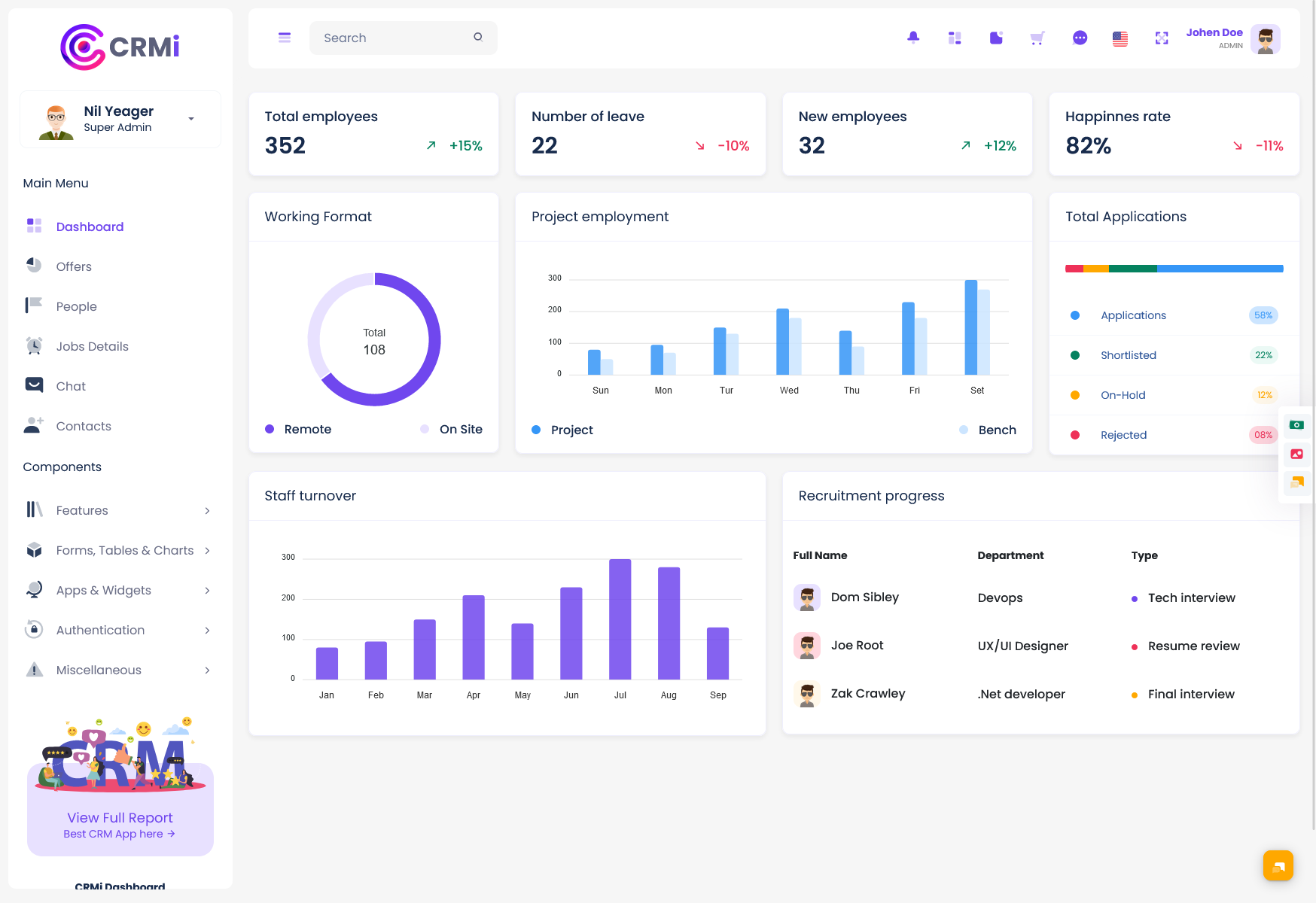
MORE INFO / BUY NOW DEMO
LTR Style – Dashboard – Dark
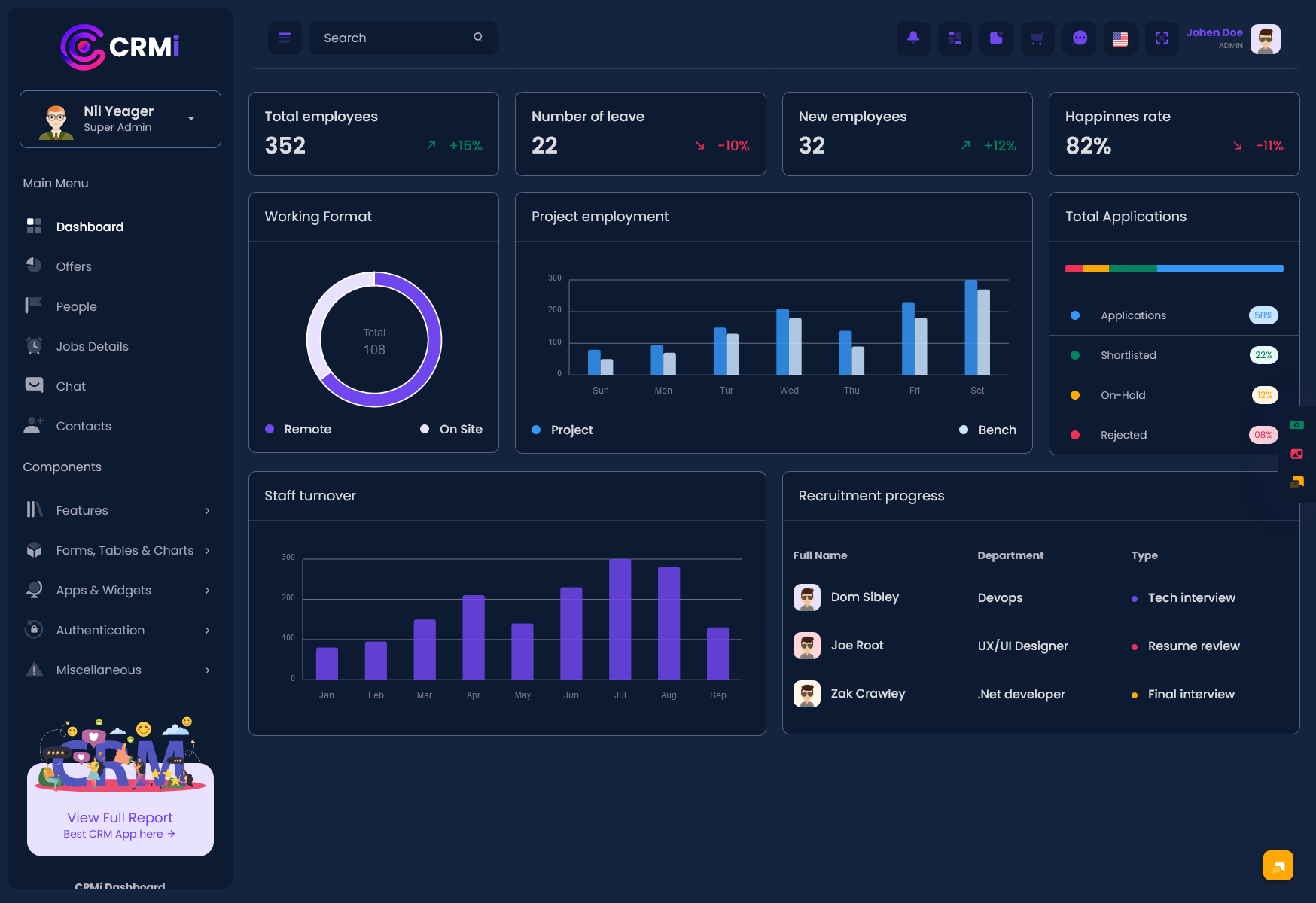
MORE INFO / BUY NOW DEMO
RTL Style – Mini Sidebar Dashboard – Light
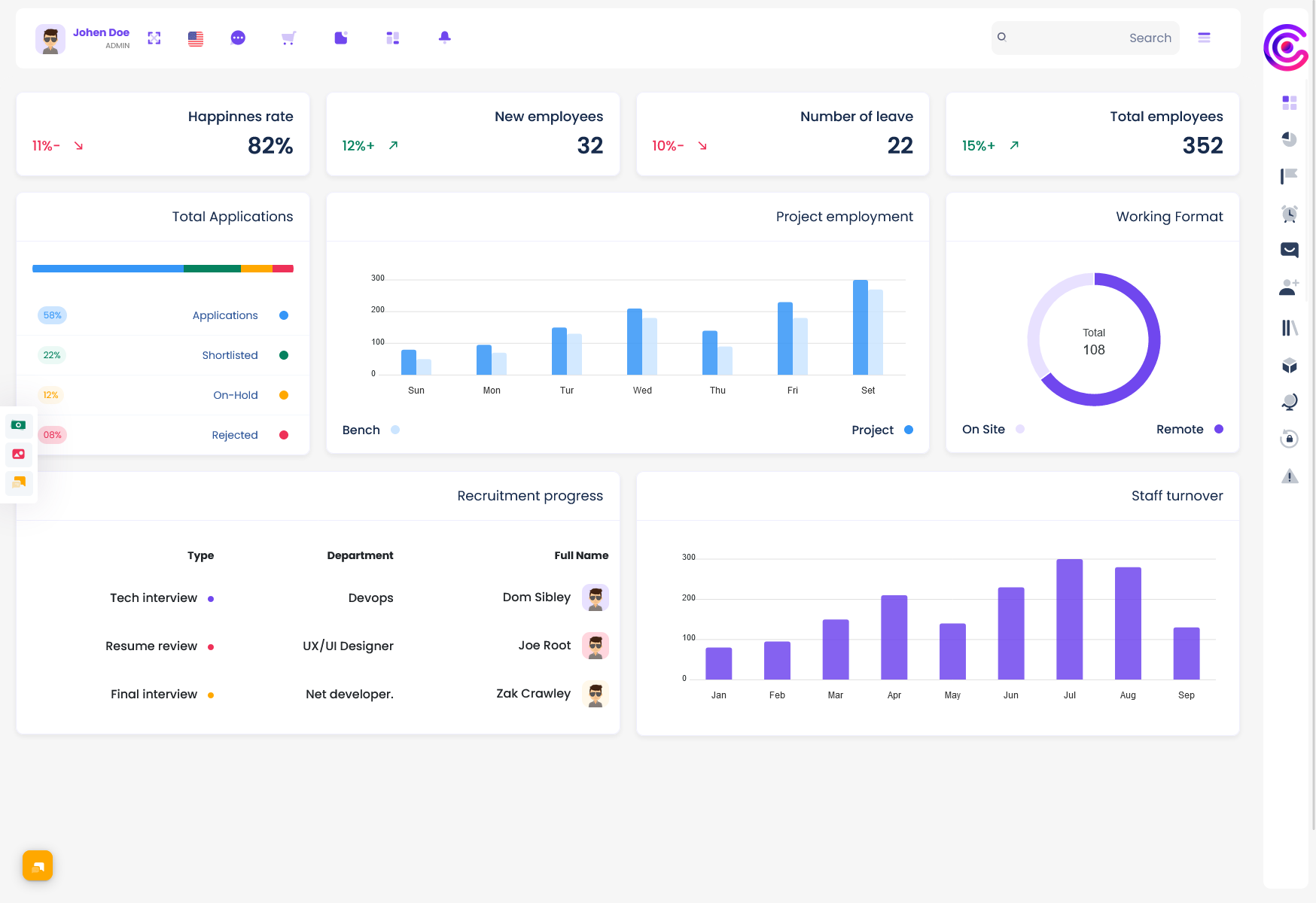
MORE INFO / BUY NOW DEMO
RTL Style – Mini Sidebar Dashboard – Dark
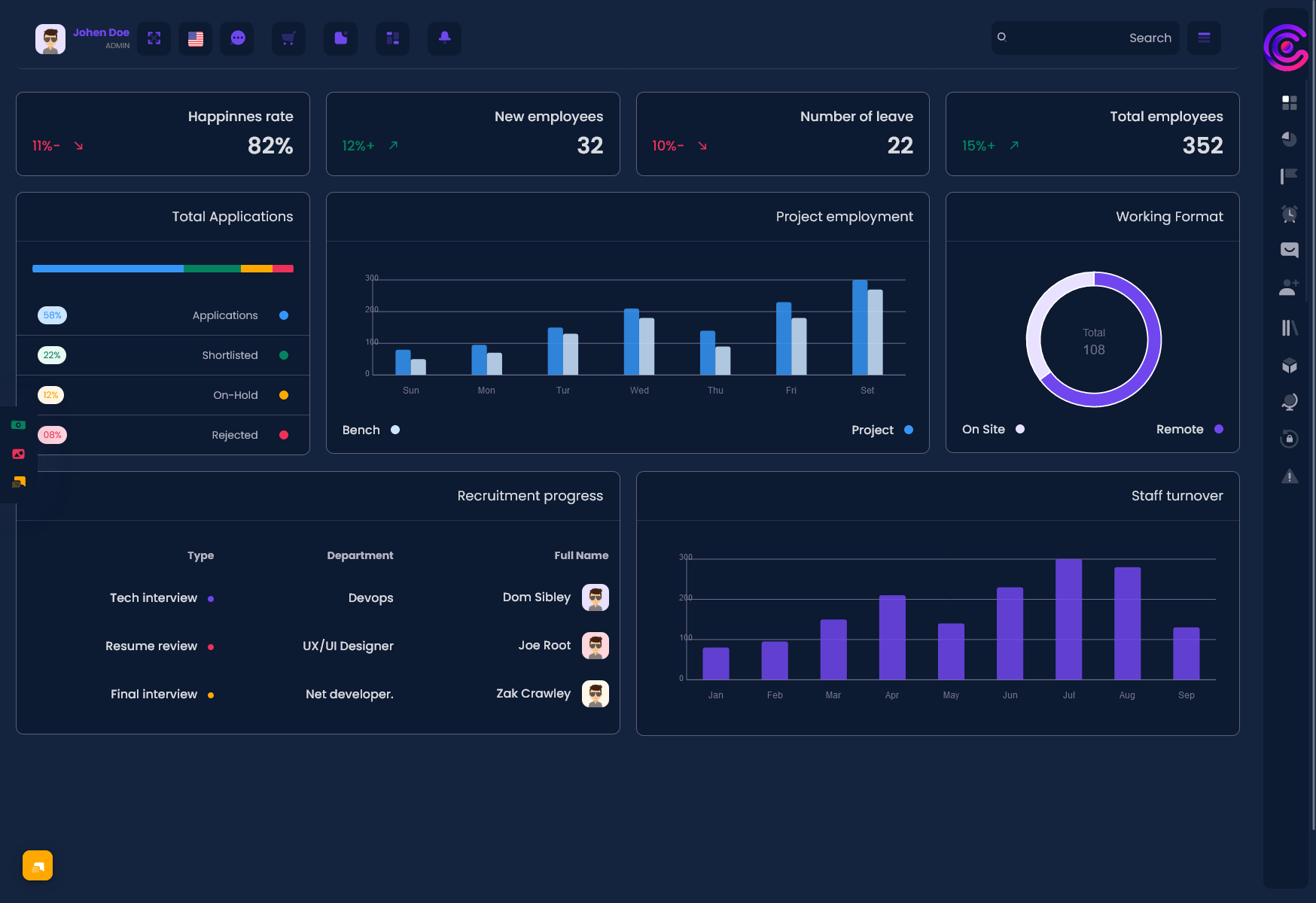
MORE INFO / BUY NOW DEMO
LTR Style – Horizontal Dashboard – Light
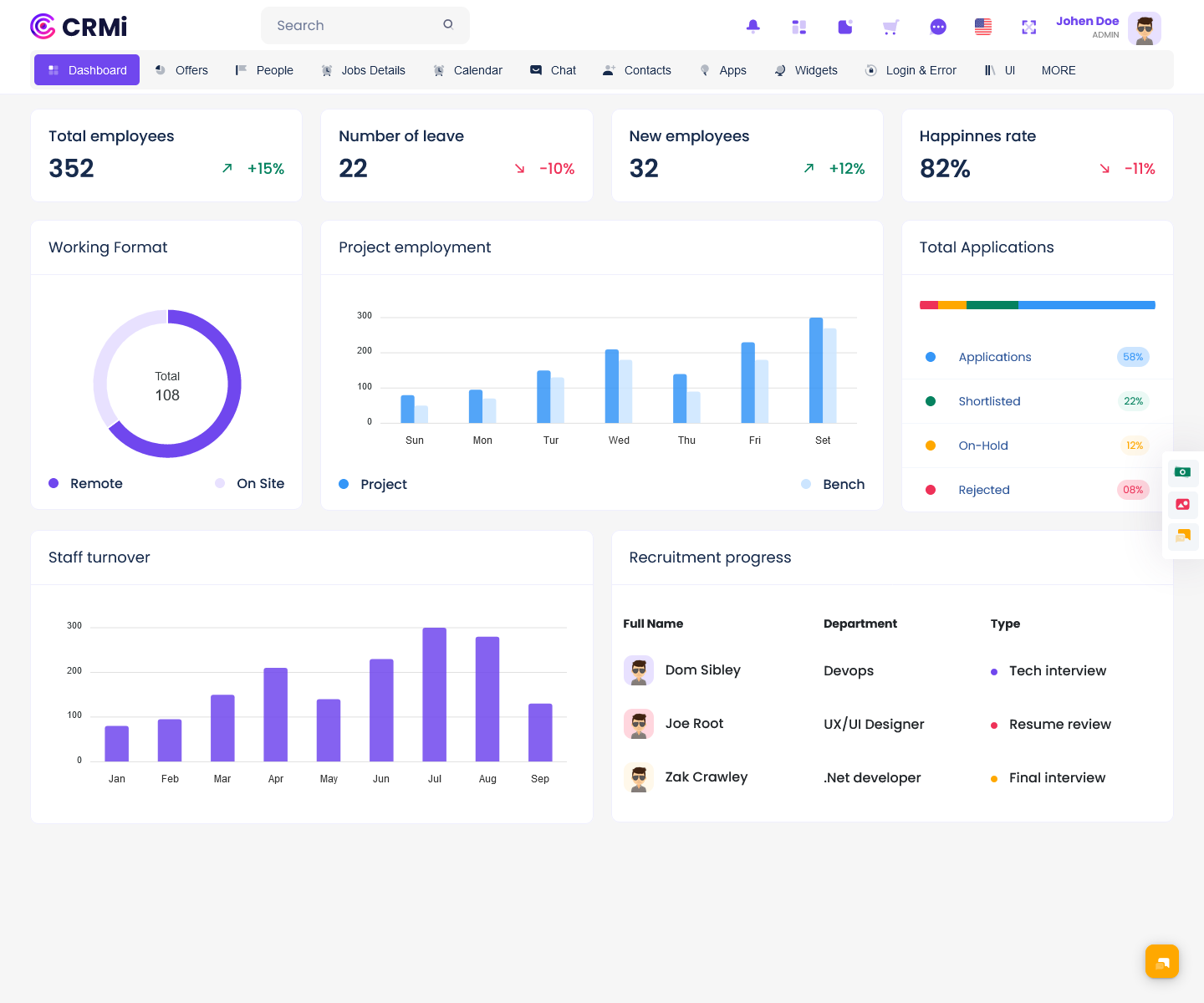
MORE INFO / BUY NOW DEMO
LTR Style – Horizontal Dashboard – Dark
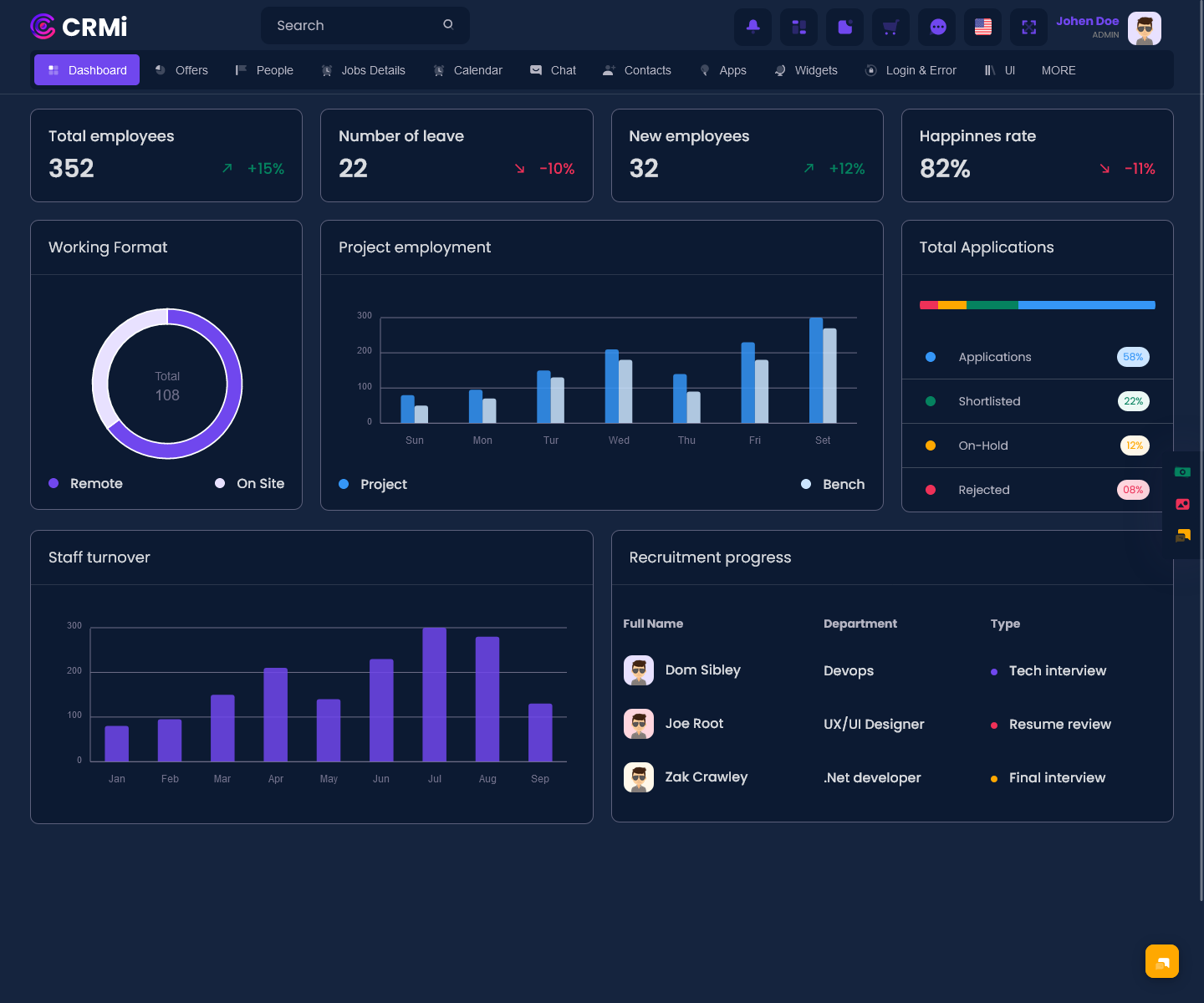
MORE INFO / BUY NOW DEMO
Integrated Employee Experience Analytics
The future also points to reimagining employee experience portals with integrated HR analytics. This provides a single access point for managers as well as employees themselves to engage with personal and team data. These portals go beyond self-service HR to make workforce analytics accessible, interactive, and available in the flow of work. The aim is promoting a pervasive analytics culture at all levels.
It is better if you can incorporate the dashboard along with the CRM Dashboard. Then it would be possible to learn more about customers and how they interact with employees of your business as well.
Democratizing Access to Workforce Intelligence
Underpinning these next generation HR Dashboard is cloud-based platforms leveraging big data. This replaces batch reporting on Excel spreadsheets with real-time analytics at massive scale. It also enables easy integration with existing enterprise systems from HRIS and ATS to business intelligence tools. AI and machine learning further remove technology barriers to derive meaning from big data for predictive modeling and prescriptive recommendations.
As consumer tech giants like Amazon and Netflix have shown, easy-to-use self-service access along with personalized, data-driven experiences are what delights users today. HRM Dashboard capabilities must catch up to these heightened expectations. Cloud-based analytics makes it feasible for any organization to provide consumer-grade workforce intelligence tailored to various stakeholders.
The Future is Here
The wide availability of enterprise people data combined with maturing analytics technology means HR dashboards are poised for disruption. While adoption is still early, innovative HR organizations are testing next practices that will eventually become best practices.
Key drivers of this transformation include moving from hindsight to foresight with predictive analytics, promoting analytics literacy through self-service, and marrying analytics with great UX design principles. This is why you should pick a perfect HR Dashboard and build based on it.
Getting Ahead of the Curve
Getting ahead of this curve promises significant competitive advantage. With real-time visibility into the talent pipeline, deeper workforce insights to guide strategy, and democratized data access – those reimagining HRM Dashboard today are the ones shaping the future of work.
The ultimate goal is to build a culture of analytics with the workforce intelligence to optimize decisions at all levels – from executives to frontline people managers and their teams. Rather than getting stuck in reporting the past, HR leaders now have an opportunity to plan for and build the workforce of tomorrow.
 skip to Main Content
skip to Main Content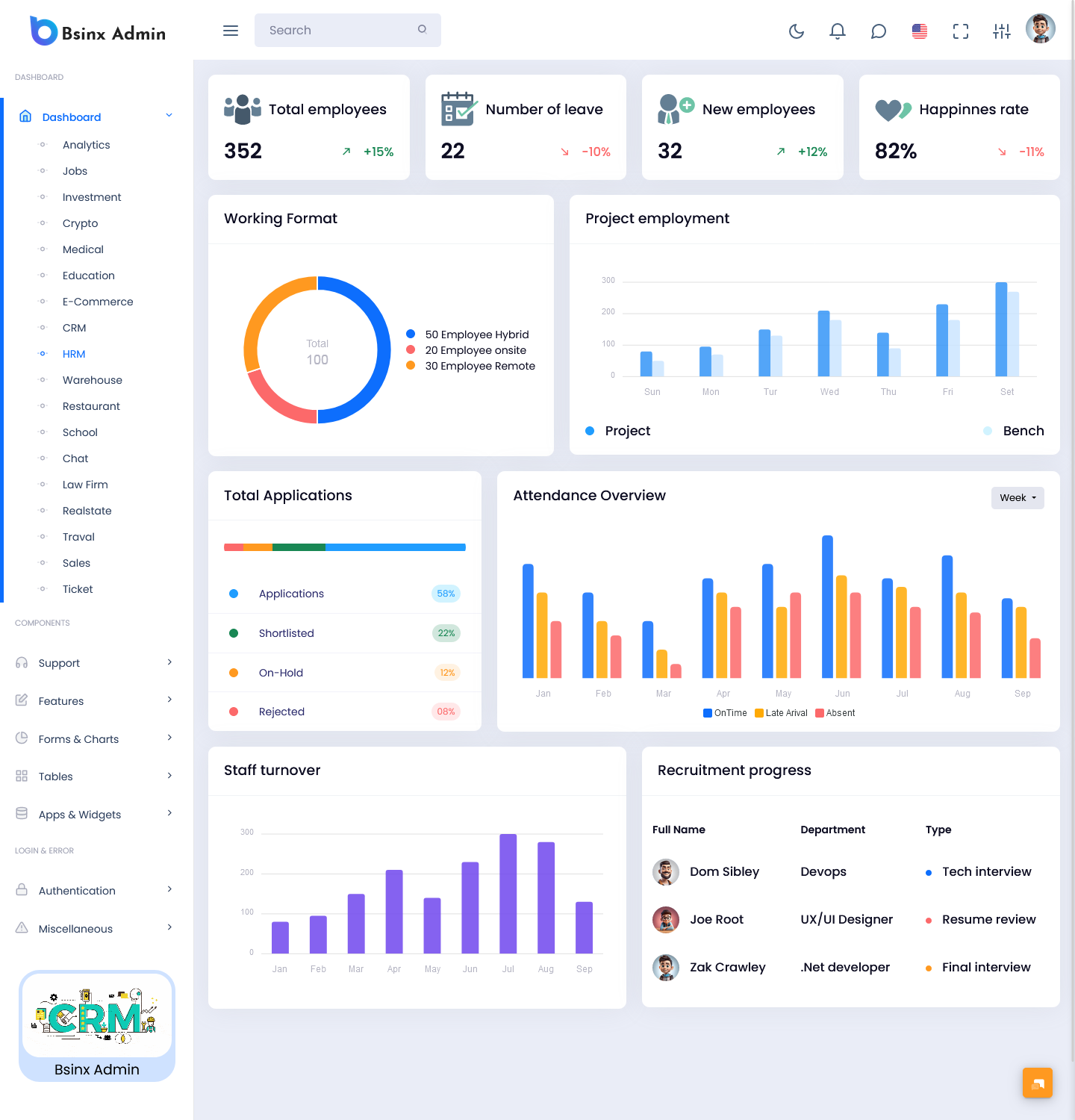


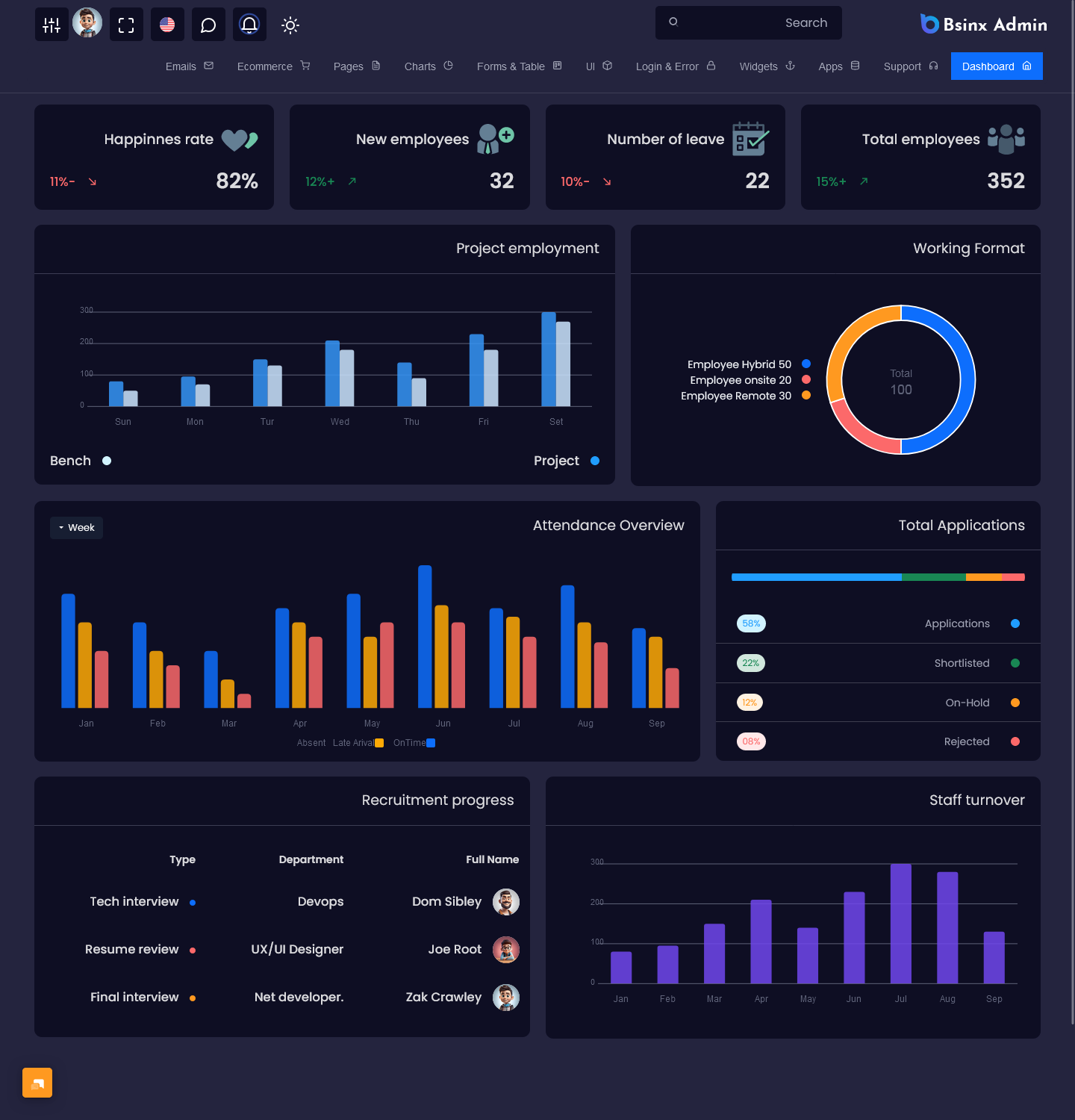
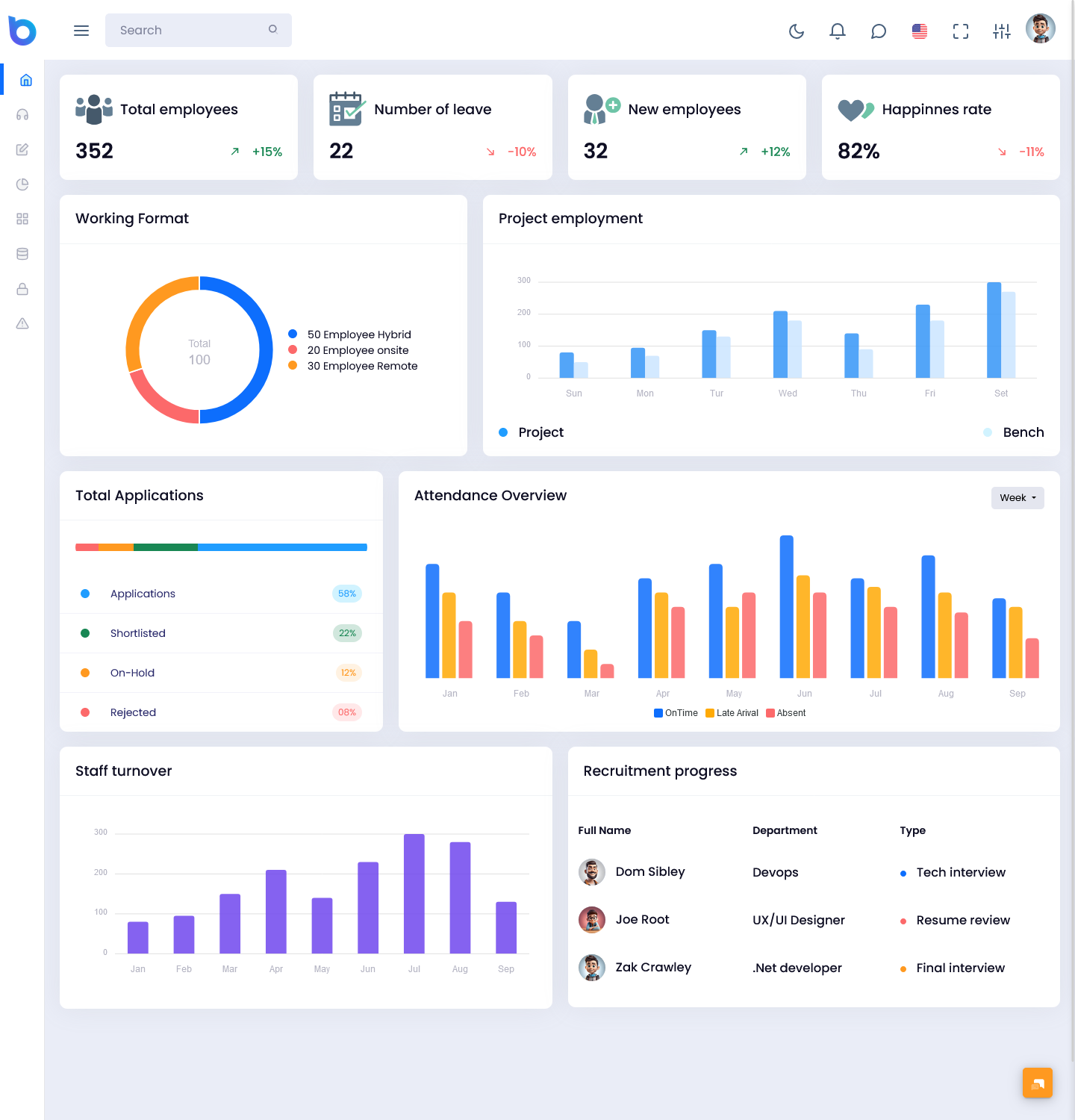
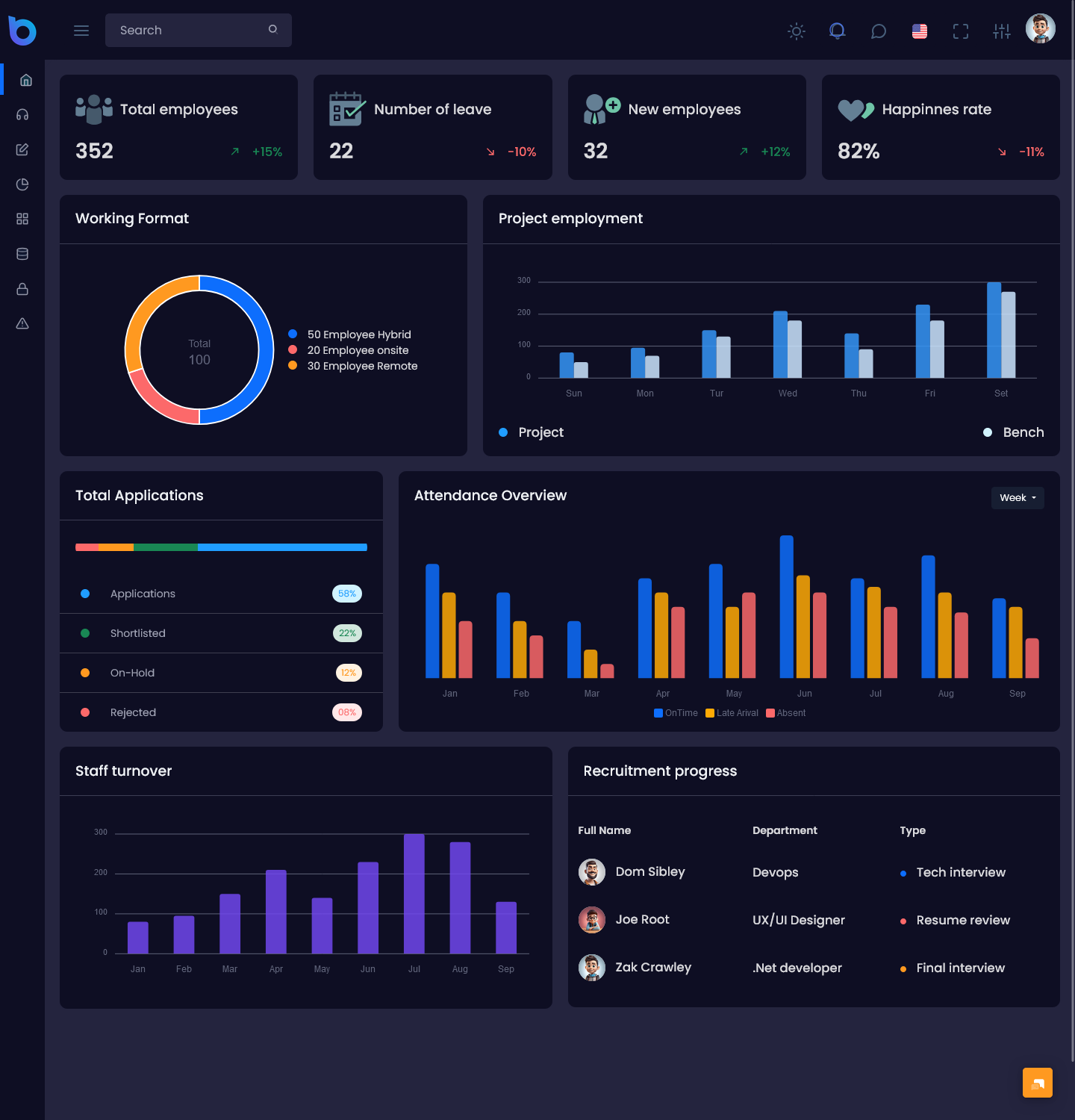


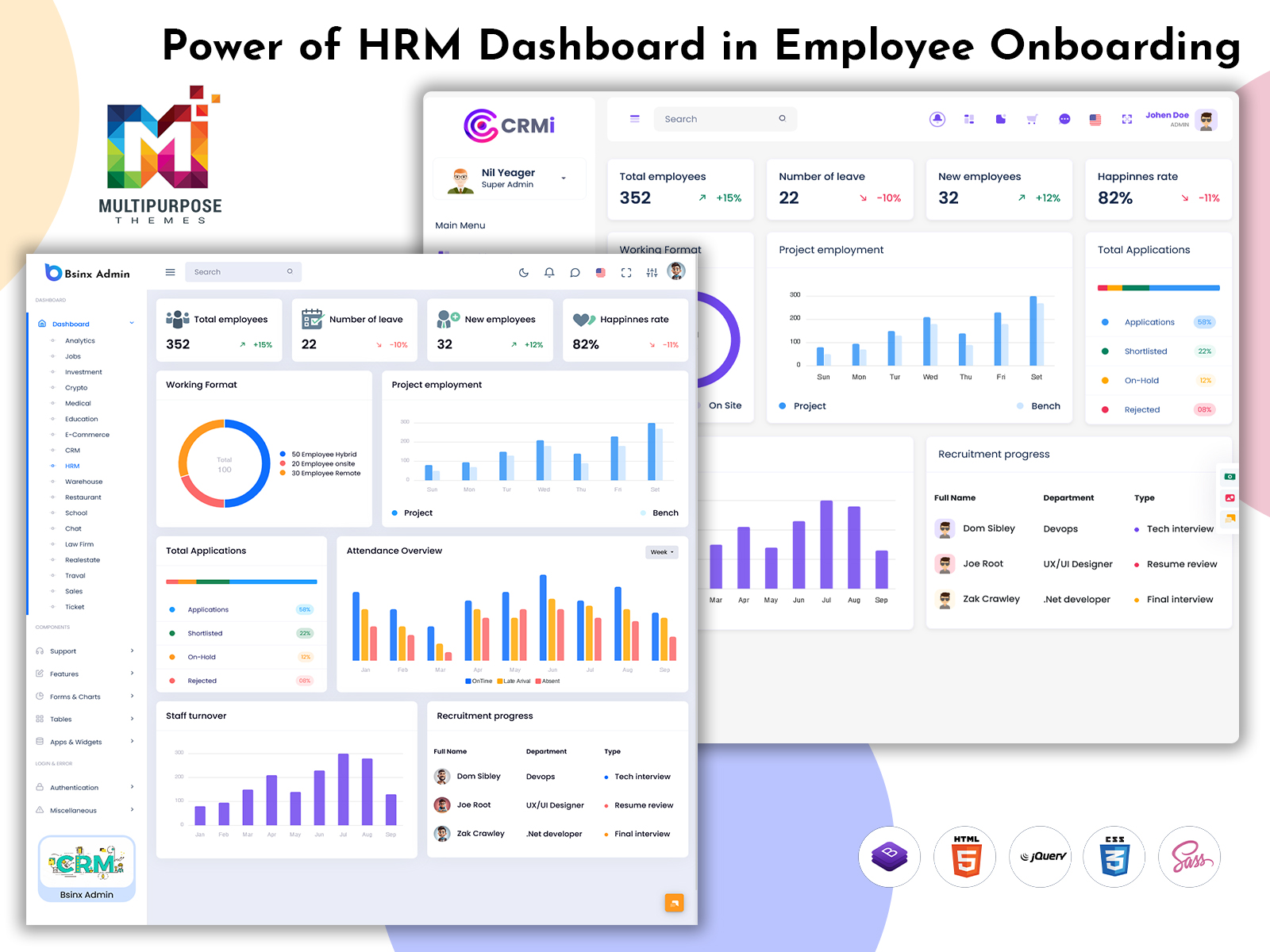
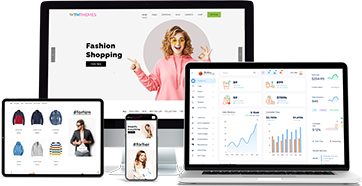

This Post Has 0 Comments